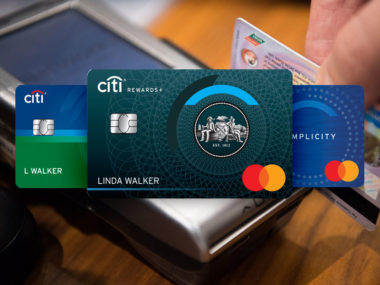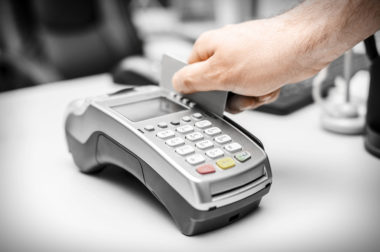Financial flexibility is a luxury most of us would like to achieve. Whether it’s investing every extra cent you earn to grow your personal wealth, or starting your own business, being able to control your finances is key. Credit plays a major role in that flexibility, allowing individuals to pay for their expenses when they want to and make purchases when they might not have access to the funds it requires at that moment.
Table of Contents
What Is A Line of Credit?
Credit, at its most basic, is a form of borrowing. Someone makes a purchase without immediately providing monetary compensation, but instead the transaction is made on the trust that the person will pay back the purchase at a later date. Any amount paid with credit is borrowed, and constitutes a debt. Mortgage loans, open tabs at a bar, and a credit card are all various types of credit.
A line of credit is an open agreement that allows an individual or business to make purchases, which another party or business fronts the money for the transaction, which is then paid back at a later date. It’s a flexible loan, where a person can utilize a certain amount of money from the lender every month, as long as it’s paid back by a specific deadline. Common formats for a line of credit are credit cards and a Home Equity Line of Credit (HELOC.)
A line of credit can either have no collateral, or like with a HELOC, collateral a person would forfeit if they fail to pay off debts on the line of credit within a set timeline.
How Does a Line of Credit Work?
A line of credit acts as a place where a borrower can make purchases using a lender’s money with the intention of paying them back at a later date. The lender sets the term of the line of credit, including how much money can be pulled during a month, interest rates if the borrower is late paying off the debt, and a minimum payment every month on pre-existing debts.
The typical month with an active line of credit involves the borrower pulling from the line of credit for purchases, the borrower paying off the debt at the end of the payment period (typically at the end of a month,) and then repeating over and over again.
Some lines of credit, like a HELOC, have extra conditions. If you open up a HELOC, you can utilize credit equal to your home’s equity for a period of time, usually about 10 years, making interest only payments month-to-month on the debt you incur, Then, after the period of use expires, the borrower then has to pay off the debt month-to-month with interest.
Line of Credit Interest Rates
A major consideration when opening a line of credit is: what interest rates are available, and how they are formatted? Some lines of credit have a fixed interest rate, meaning as long as the line of credit remains open, the interest rates won’t move. Others have a variable interest rate, which can increase or decrease depending on the current financial market.
Many factors influence a line of credit’s interest rates. The riskier the line of credit is for the lender, the higher the interest rate. A secured line of credit, one with collateral attached to it, will have lower interest rates than an unsecured line. Similarly, a person with a lower credit score will have a higher interest rate than one with a high score, as lending them money is riskier. How long you have to pay off lent money can impact a interest rate, too. Credit cards are expected to be paid off every month, resulting in high interest rates, while a HELOC is expected to be paid off after many years, leading to a lower interest rate.
The interest rate will only be charged to the portion of debt remaining unpaid after a set period of time. For credit cards, the interest rate is only charged on debt existing after a month’s period, where the card holder could pay off all existing debt.
How to Get a Line of Credit
Before you can start applying for different lines of credit, you need to analyze your current financial status. The biggest factor to getting approved is your credit score, and whether it’s high enough for approval. If you have a low credit score, you can still open some lines of credit, but your options will be limited and with higher interest rates. A high credit score opens up a lot more options that could match your needs.
Next, you need to decide what style of credit you need. A credit card is great for daily use and managing smaller finances, while a HELOC can take massive amounts of expenses over multiple years and pay them off much later.
Once you know what style of credit you need, investigate potential lenders to find out what kinds of interest rates, benefits, and fees they have. Some credit cards have great benefits and low interest, but charge a monthly fee, while other cards might only work at a specific store. Analyze your choices and make a decision. Then, apply for the line of credit you want and have backup plans in case your application is denied.
Lines of credit are extremely useful tools. Credit cards allow people to control when and how they pay their day to day expenses, while other lines of credit like HELOC give others the ability to control and pay off larger expenses on their own timeline.
Image Source: https://depositphotos.com/





